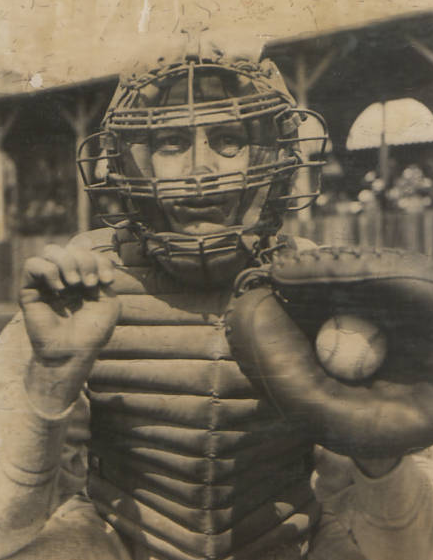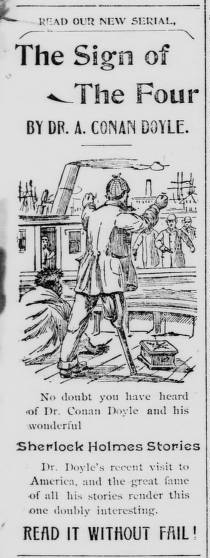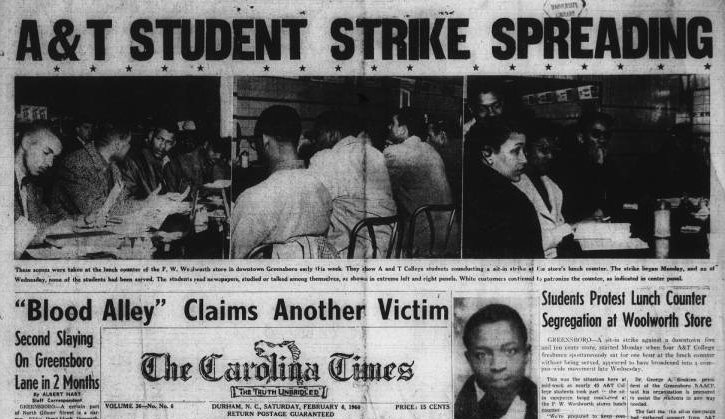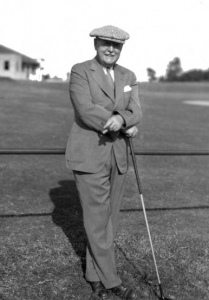
Donald Ross in Pinehurst, 1935 [Tufts Archives (Pinehurst, N.C.)]
As the sporting world descends on Pinehurst for the U.S. Open this week, I thought it would be a good time to look at some of the terrific resources available on DigitalNC.
At the center of all research on Pinehurst history is the Tufts Archives. Located in the Givens Memorial Library in the village of Pinehurst, the Tufts Archives is home to photographs, manuscripts, and artifacts related to the history of the town of Pinehurst. It is especially strong in the establishment of golf in the region, with papers of the legendary course designer Donald Ross. Yesterday’s New York Times had a feature on the renovation of the famed Pinehurst No. 2 golf course and talked about the importance of the Tufts Archives in determining the original condition of the course.
The Digital Heritage Center has worked with the Tufts Archives to digitize and share online a small selection of historic photos from the collection. These include images of prominent golfers in Pinehurst, including Bobby Jones, Walter Hagen, Sam Snead, Ben Hogan, and a young Jack Nicklaus.
T he Center has also digitized early issues of The Pinehurst Outlook, a weekly paper that started publication in 1897, just as the town was being developed as a resort community. One of the earliest mentions I found of golf in the paper was an article from February 18, 1898, announcing the completion of the first golf course in Pinehurst, a nine-hole course modeled after the famed St. Andrews course in Scotland. The course included “a thick growth of rye” which was kept short by a flock of sheep.
he Center has also digitized early issues of The Pinehurst Outlook, a weekly paper that started publication in 1897, just as the town was being developed as a resort community. One of the earliest mentions I found of golf in the paper was an article from February 18, 1898, announcing the completion of the first golf course in Pinehurst, a nine-hole course modeled after the famed St. Andrews course in Scotland. The course included “a thick growth of rye” which was kept short by a flock of sheep.
These early issues of the Outlook also include many mentions of Donald Ross, who was at the time not known as a designer but simply as an accomplished golfer available for lessons. The paper reported on Ross’s ongoing improvements to the courses and the steadily growing interest in golf in Pinehurst.
Also available on DigitalNC are more than 20 years of issues of The Pilot, from the neighboring community of Southern Pines. The Pilot has always done a terrific job covering the local community and these early issues include many articles about golf in the region.
Keep up with the Digital Heritage Center on Twitter where we’ll share more highlights from Pinehurst history this week and next.

 he Center has also digitized early issues of
he Center has also digitized early issues of 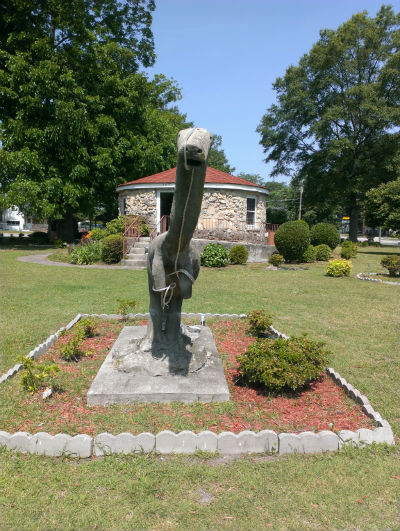
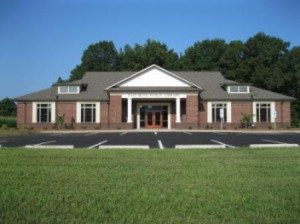 Big news! We are very pleased to announce the
Big news! We are very pleased to announce the 